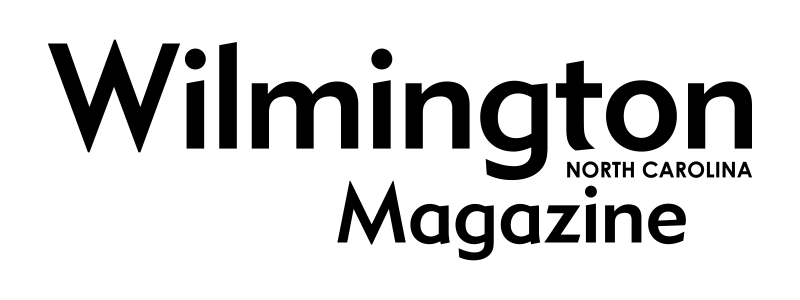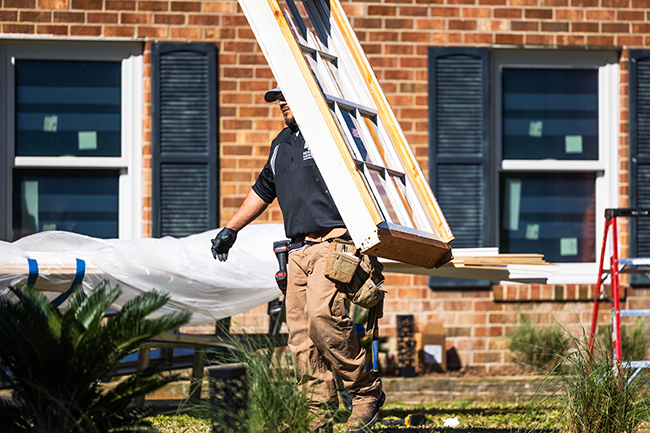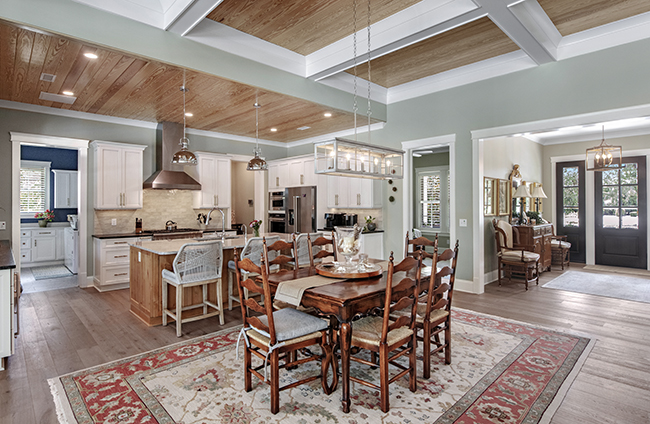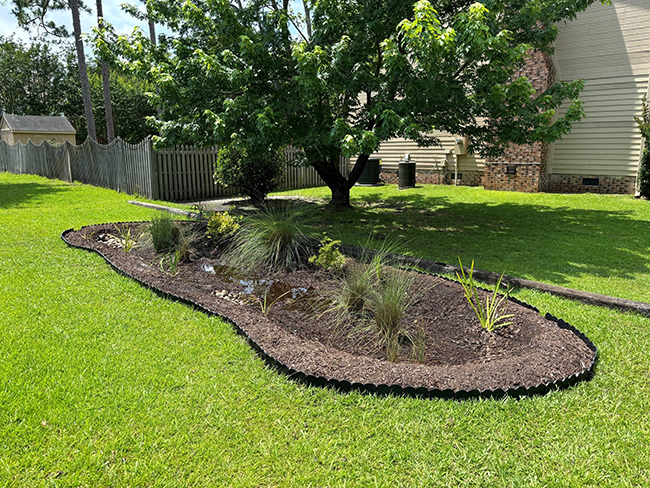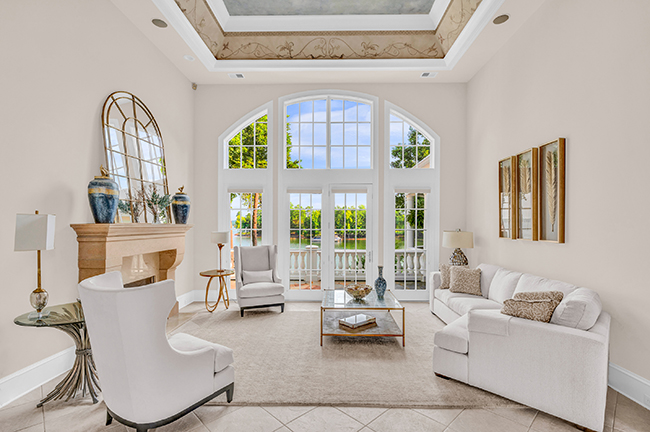Flytrap Country
02 May 2025
Conservation efforts to save Wilmington’s iconic, native Venus flytrap population
By Emily Oglesby
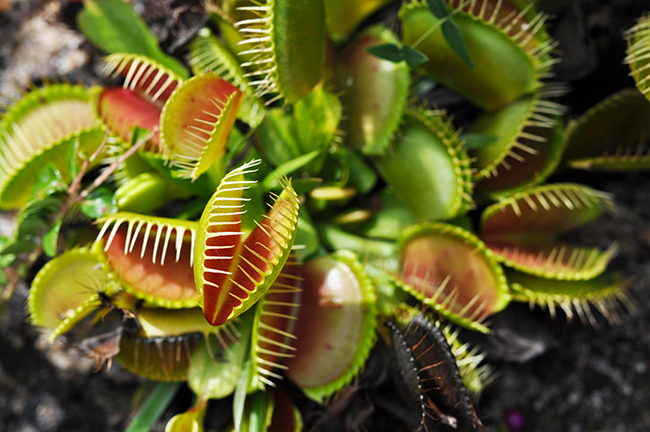
Ask the average person where they think the Venus flytrap comes from, and they might guess the Amazon rainforest or the mountains of Indonesia. But the Venus flytrap is not an exotic, tropical species. It’s native only to a roughly 90-mile area around Wilmington, North Carolina, where it teeters on brink of endangerment and where poachers risk jail time.
About the Venus Flytrap
The Venus Flytrap has infamously captured the imagination of generations: Charles Darwin himself called it “one of the most wonderful [plants] in the world.” The flytrap, pitcher plants, and sundews that live in this area evolved the ability to trap and digest small insects in response to the acidic, nutrient-poor pine savannas they called home: the soft parts of the insects’ bodies supplement the meager nutrients the plants are able to extract from the soil.
Pop culture depictions like Audrey II in Little Shop of Horrors conjure up visions of an enormous plant, but the traps themselves grow to about the size of a quarter. Only if something touches two of its trigger hairs in quick succession (or one twice in a row) will the trap close. Each trap can only close two to three times, so it tries to avoid false flags.
Despite their name, Venus flytraps don’t actually consume many flies – or any flying insects at all. Most of their prey – about 80% – are creepy-crawlers like ants and spiders. Almost 90 percent of the flytrap’s pollinators are flying insects, like small bees and flying beetles – it wouldn’t be evolutionarily advantageous if it ate its own pollinators.
A Species in Decline
Since the first range-wide survey in 1958, half of all known populations of Venus flytraps have disappeared. A host of factors has contributed to this decline, but humans are responsible for all of them.
For one, the flytrap requires regular fire – ideally every one to three years – to keep its sunny habitat clear. But fire suppression has become the norm over the last century, leading to dramatic losses of flytraps. On top of this, flytraps live in wetlands, so changes to the groundwater from nearby agriculture can destroy their habitat. Residential development in this fast-growing region amplifies these changes and sometimes leaves tiny pockets of flytraps isolated in roadside ditches and other poor-quality habitats.
Addressing poaching and black market sales of the plant is also complicated. Illegally collecting wild flytraps for sale in the commercial trade was common for many years and continues even after a 2014 state law classified poaching flytraps as a Class H felony, punishable by up to 25 months in prison. But scientists agree poaching is a far smaller threat to the species’ survival than fire suppression and land use conversion, which carry no penalties. This contrast highlights the need for a balanced approach that incorporates both conservation solutions and fair enforcement measures.
The majority of individual flytraps are found in a patchwork of protected lands, including state parks, state game lands, military bases, national forests, and properties managed by The Nature Conservancy. These areas – particularly those maintained with regular prescribed fire – are the flytrap’s biggest hope for survival. They’re a big part of why a recent review by the U.S. Fish and Wildlife Service determined the flytrap did not merit listing as an endangered species. As long as these bastions of flytrap habitat remain protected and well cared for, the species is unlikely to go extinct.
Some Venus flytraps can be found in small numbers on private property, where they have fewer protections. If you have any on your property – or think you might – you can learn more about how to manage and protect them at VenusFlytrapChampions.org.
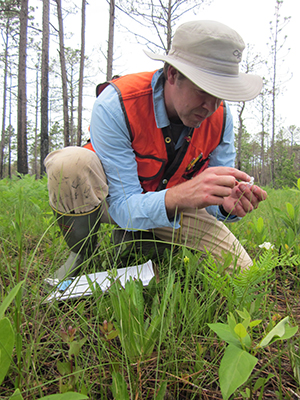
Protecting Flytraps
Understanding how best to manage these protected lands is a high priority. Staff from the North Carolina Botanical Garden and researchers from Duke University and Kansas State have begun working on a project funded by the National Science Foundation and the Paul G. Allen Family Foundation to test how Venus flytraps’ relationship to fire may change as the climate warms. They’ll be working with staff at Holly Shelter to put out small “climate chambers” – one-meter square structures bounded by strips of plastic that will create microclimates of different levels of warmth and dryness. Then they’ll burn those areas at different times and test how the flytraps respond.
This is only the latest project of many to ensure this charismatic species lives long into the future. The North Carolina Botanical Garden has also collaborated with researchers from the Carolina Study for Genomic Sciences to study the genetic diversity of wild Venus flytraps. Today, the Garden holds a seed bank that reflects a wide swath of wild populations to safeguard against the loss of genetic variation.
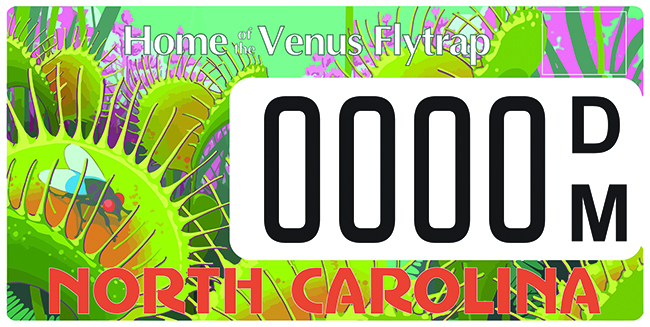
A New Specialty License Plate
Both to support this ongoing conservation work and to celebrate our state’s unique natural heritage, the North Carolina Botanical Garden Foundation developed the Home of the Venus Flytrap specialty license plate. It costs $30 per year, $20 of which goes to the NCBG Foundation and Friends of Plant Conservation, Inc., the support organization for the NC Plant Conservation Program. You can order it online through myNCDMV. (Learn more at ncbg.unc.edu/flytrap.)
Grow Your Own Flytraps
If you’re looking to bring home a Venus flytrap, make sure you’re buying from an ethical nursery that doesn’t source poached wild plants. Venus flytraps can thrive both indoors and outdoors, as long as they have plenty of light, water, and insect protein.
People often ask if outdoor flytraps need to be brought inside during winter, but, fortunately, this species is accustomed to North Carolina winters and a period of cold-weather dormancy. (The International Carnivorous Plant Society, a good resource for growing all kinds of carnivorous plants, reports that indoor flytraps don’t necessarily require this dormancy, but you’ll need to feed indoor flytraps with insects, rehydrated dried bloodworms, or other nutrient sources.) A mix of Sphagnum moss, peat, and sand tend to make a good growing medium for flytraps.
Visit Flytraps in Person
If you’re a Wilmington local, you may be familiar with the Stanley Rehder Carnivorous Plant Garden at Piney Ridge Nature Preserve, a partnership between the city and the NC Coastal Land Trust. This free, naturalistic garden features flytraps, pitcher plants, sundews, and other insect-eating plants. The short Flytrap Trail at Carolina Beach State Park is another free and accessible spot to see them. A trail also cuts through the Green Swamp Preserve, managed by The Nature Conservancy. (It’s free to visit, but there are no restrooms or water on site).
If you’re visiting the central part of the state, stop by the North Carolina Botanical Garden in Chapel Hill. The carnivorous plant collection is especially stunning from late April through October – and it's free to visit, too.
Emily Oglesby is the communications and exhibits coordinator at the North Carolina Botanical Garden, where she works with scientists and artists to connect people to nature. Visit ncbg.unc.edu.
